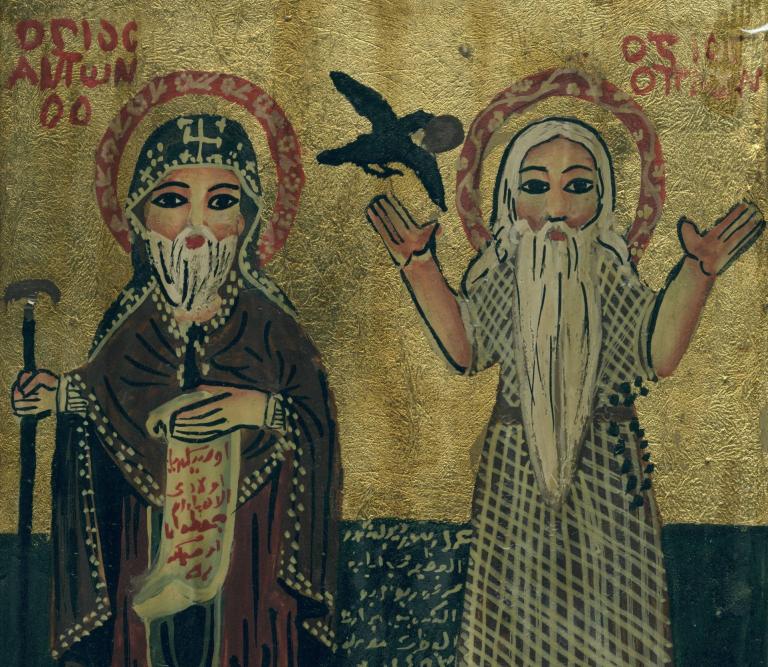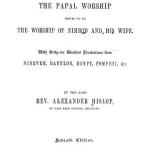
A couple of days ago, I became the owner of a shemagh. A shemagh is the Jordanian version of the kefiyeh, or cloth headdress worn by Arab men. I would say the proud owner, but I have a sense of having come by it in a less than strictly honorable way. If I couldn’t have pulled it off an enemy whom I slew in a blood feud, I could at least have bargained for it furiously in one of those souks where shopkeepers’ awnings blot out the sky. As it happened, I paid sticker price in the gift shop of the Sheraton Amman al-Nabil hotel. The clerk who rang me up was a chipper young woman from Manila.
Plus, I can’t quite absolve myself of cultural misappropriation, or at least of trying too hard. In the 1980s, one stock character in American comedy was the Japanese businessman who, after two hours in Ft. Carson or Ft. Worth, kits himself out in a ten-gallon hat and stumbles around in snakeskin boots telling people, “Howdy, partner-san.” Now, whenever I look in the mirror, I have to tell that guy, “As-salaam aleikum, ya habibi.”
One secret wish of every traveler is of landing in a place where, by some lucky agreement of culture with personality, he turns out to be cooler than he ever imagined possible at home. The chance to learn scraps of a new language can feed that fantasy: Will rolled r’s trill off my tongue with special elegance? One wonders. Will I feel more confident when I get to conjugate verbs in ways specific to my gender? As national cosplay amounts to speaking a new language without words, it stokes the same hopes. Will I be able to express my earthy side more effectively in a pair of sabots?
My problem has always been that I end up in countries without operational folk costumes. By the time I made it to China, the Mao jacket had been effectively phased out. In Edinburgh, I passed up the chance to wrap myself in a kilt, since I was sadly aware that kilts were, historically speaking, as alien to the Scottish Lowlands as dashikis. In Russia, I did buy a pair of Red Army surplus jackboots. Knee-high, cobbled together with real hobnails, and requiring a batman’s help to squeeze into, they’d apparently been intended for a cavalry officer, which made them less than practical for everyday wear. I’d have liked to wear a fez, Sidney Greenstreet-style, but Atatürk banned them in 1925, so I had to make do with a Beşiktaş J.K. jersey.
But here in Jordan, the shemagh is alive and well. Either haute or basse, it goes with everything from high-end dishdashas to generic brand blue jeans. Our driver has worn one, and so does King Abdullah in some of the official portraits that appear everywhere in the country. (In others, he affects a military beret, or goes bareheaded in a Western-style civilian suit.)
Unlike the Afghan lungee, which practically screams, “I am a Muslim,” or the Punjabi dastar, which fairly shouts, “I am a Sikh,” the shemagh is non-sectarian. At a Latin Rite Easter service in West Amman, I counted at least two men wearing them – the only time I’ve seen any man get away with wearing a hat in church. Thanks to Ned Lawrence and his screen interpreter Peter O’Toole, who sported the Gulf equivalent, I could take some comfort in knowing that my cracker ass was following a precedent.
So, after paying 19 Jordanian dinars for a red-and-white swatch of heavy cotton, about 12 feet square and fringed, I presented it to our tour guide, Ra’ed, who was waiting for us in the lobby. I suppose I wanted his blessing. With a grin, he effectively bestowed it.
“You know,” he said. “There are a lot of ways to wear one of these.” I took him to mean that some of them were reserved for members of the royal family, whereas others marked the wearer as nouveau-riche and trendy or suburban and dull. “Uh, what do you recommend?” I asked, adding, “I forgot to buy the, you know, the thing.”
“The agal,” he said. “Never mind.” With a businesslike air, he took it and began folding it.
“You start,” he said, “by making a triangle.” Then, following a series of steps too complicated for me to reproduce here, he had the thing wound tight around my crown, with the surplus in a thick band that passed just over my eyebrows. One end was tucked into the band, another other hung down the back.
“Now remember,” said Ra’ed, pulling one end loose, “you can always wrap this around your face, in case you get into a sandstorm.”
“Or an intifadah,” I muttered, wondering how long it had taken Yaser Arafat every morning to squeeze his into the shape of Palestine. It had always looked more labor-intensive than James Brown’s hairdo.
Ra’ed tucked the loose end back in and looked satisfied. I remembered the first time my father had shown me how to tie a Windsor knot.
My shemagh did not last. Within half an hour, I undid it and let it slide down my neck into a combination mantle and cravat, a style I’d seen both on the streets of Amman and on the actors in HBO’s miniseries Generation Kill. By lunchtime, the mantle-cravat had collapsed into something more like a widow’s shawl. The next day I tried to recreate it, but gave up after folding the first triangle and was stuck for the day in an extra-large Boy Scout kerchief.
Now that I think about it, I never did learn how to tie a Windsor knot, either. My shemagh is in my suitcase now. Maybe I’ll give it another try before I leave. Or maybe I’ll wear it on the flight home, just to give the TSA agents something to think about – I’m assuming they won’t notice or care if it’s tied in a lame way. To uncork my hidden coolness, though, I’ll probably have to travel to some place where people turn out in simpler garments, like muu-muus.











